A new restaurant at Fort, stirring pots of home-style cooking, pays royalty to the home chefs whose recipes they make. Sunday mid-day explores this industry-first
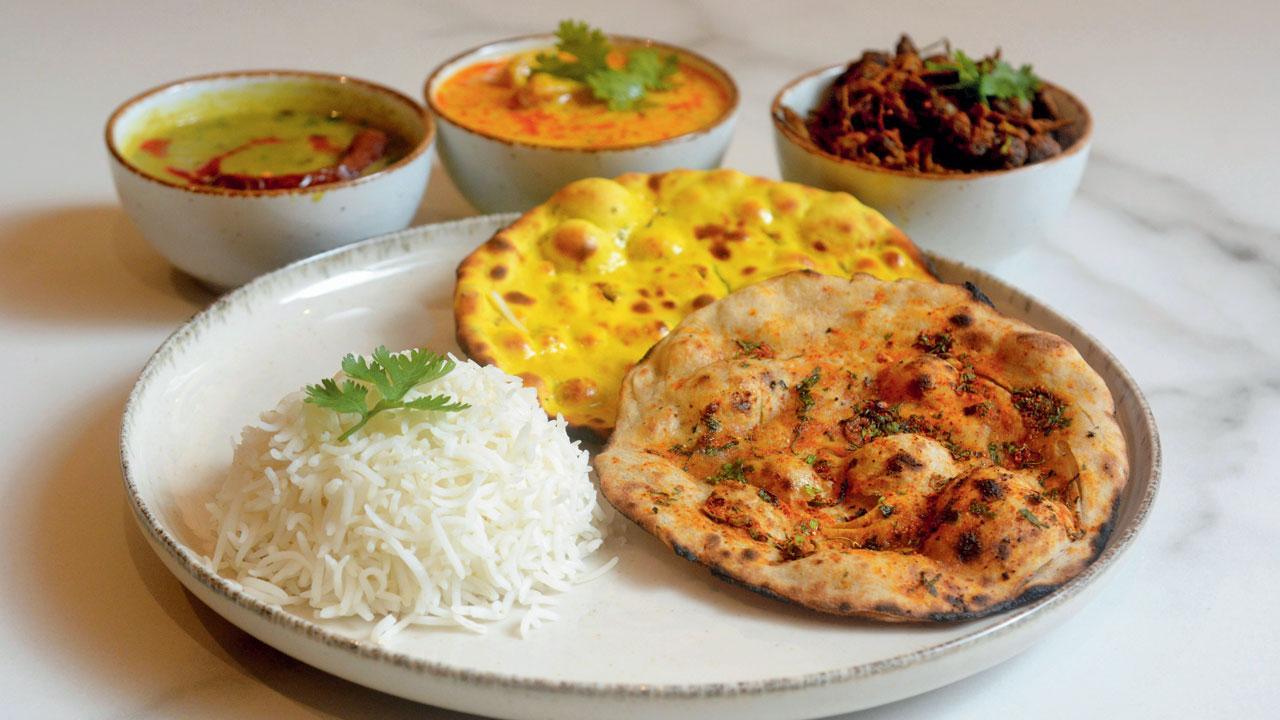
Representation Pic
In the buzzing bylanes of Fort, we walk into the serenity of Mool: Kitchen and Bar to be welcomed by a space that receives ample natural light which is paired beautifully with the soft light emanating from 1800 intricately sculpted four-petal origami salt cellar structure. The minimalist space has a menu of home-cooked meals from coastal borders rich in produce; Ladakh, where vegetation is scanty for months; the arid deserts of Rajasthan, salt basins of the Rann of Kutch, as well as the verdant hills of Meghalaya and forests of Nagaland. A plate is served with stories from where the recipe originated, connecting diners to the communities where these dishes are a staple.
ADVERTISEMENT
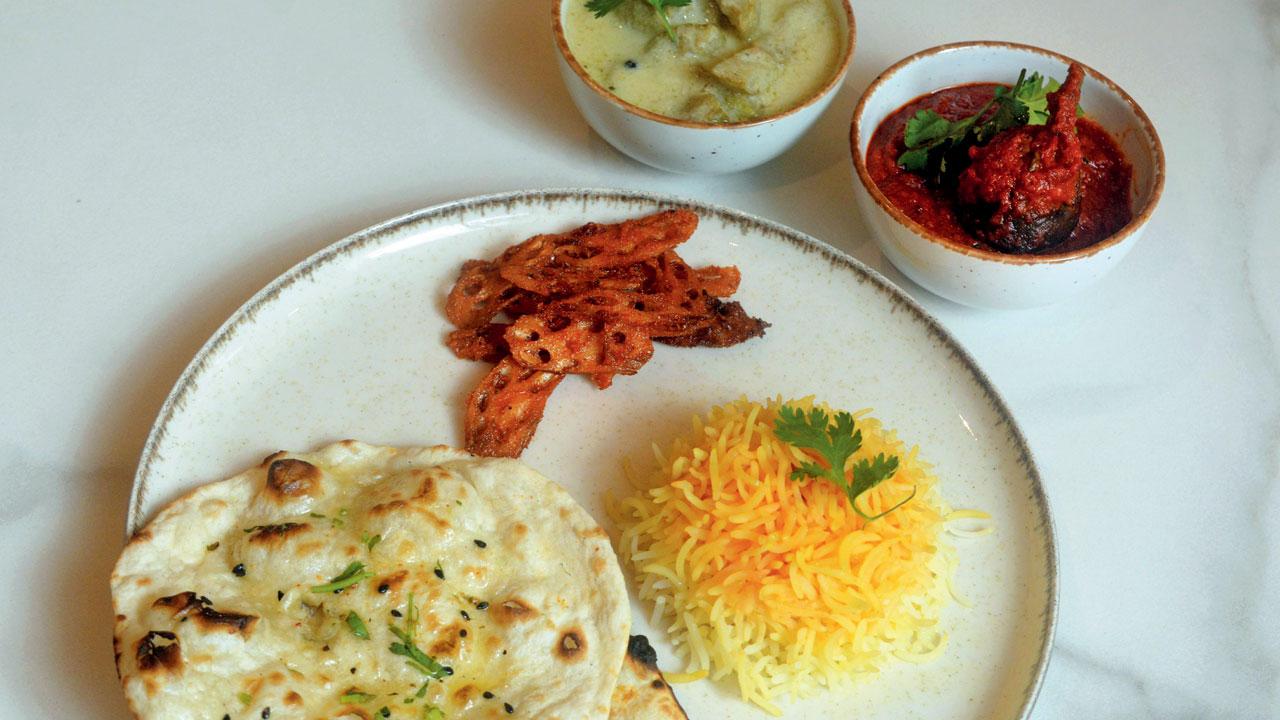
Attempting to bring authentic flavours of the country to the city, entrepreneur couple Dipti and Mithilesh Shetty started Mool to celebrate the roots of Indian cuisine. In Sanskrit, Mool translates to ‘from source’. “Over years of travels and visiting people’s homes in different regions,” Dipti says, “we felt Mumbai lacked spaces that served home-cooked meals in a fine dining setup. Certain places may have a chef special on regional cuisine, or pop ups but no one is committed to documenting authentic taste of home cooked meals in a restaurant set up. This void inspired us to work on the idea of Mool.”
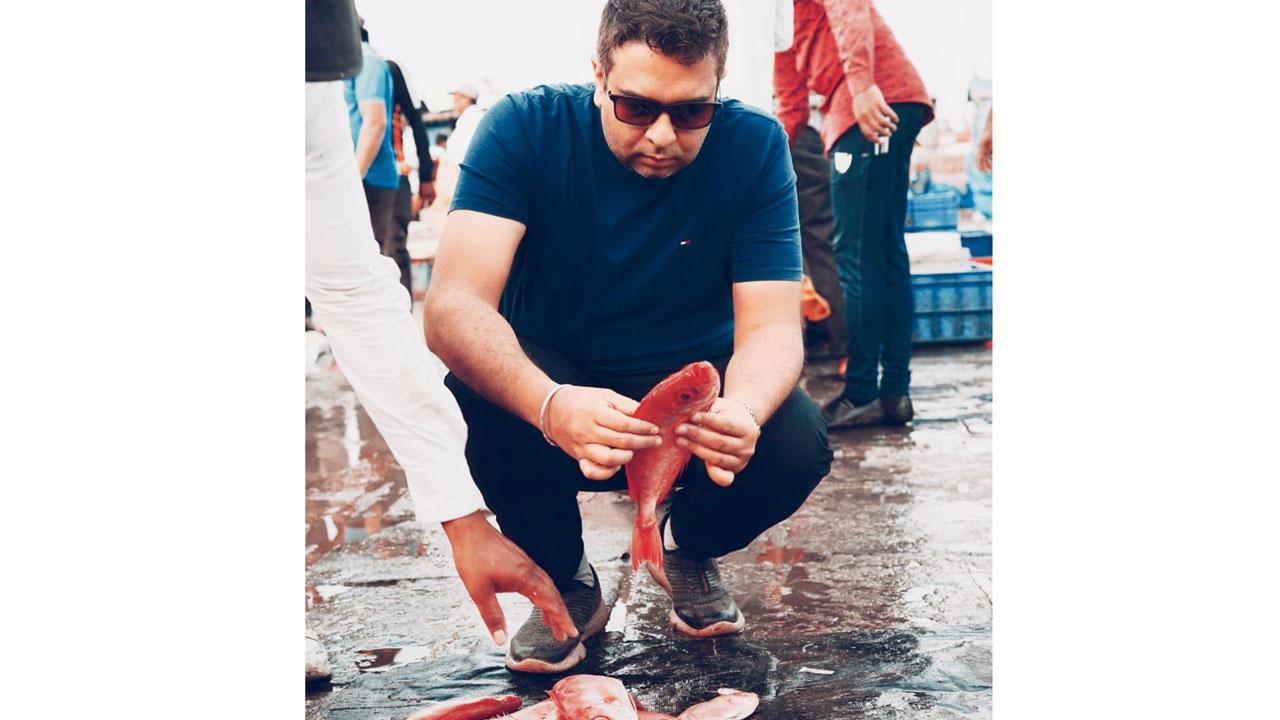
Sarvesh Moudgill at Mangalore, learning to pick the perfect fish for a seafood thali
The founders and their culinary team identified home cooks based on recommendations and research. “First, we selected dishes that are locally popular in different states,” Dipti walks us through the process. “Then, we narrowed down on the ones with stories that needed to be told. We contacted home chefs and travelled to them to try these dishes. Once convinced that they aligned with our concept, we put them on the menu. We covered as much as possible in a simple menu that any foodie in Mumbai can enjoy. Moreover, India has too much to offer, and everything cannot (and should not) be put in one go. We’ll keep working on the menu as we move forward.”
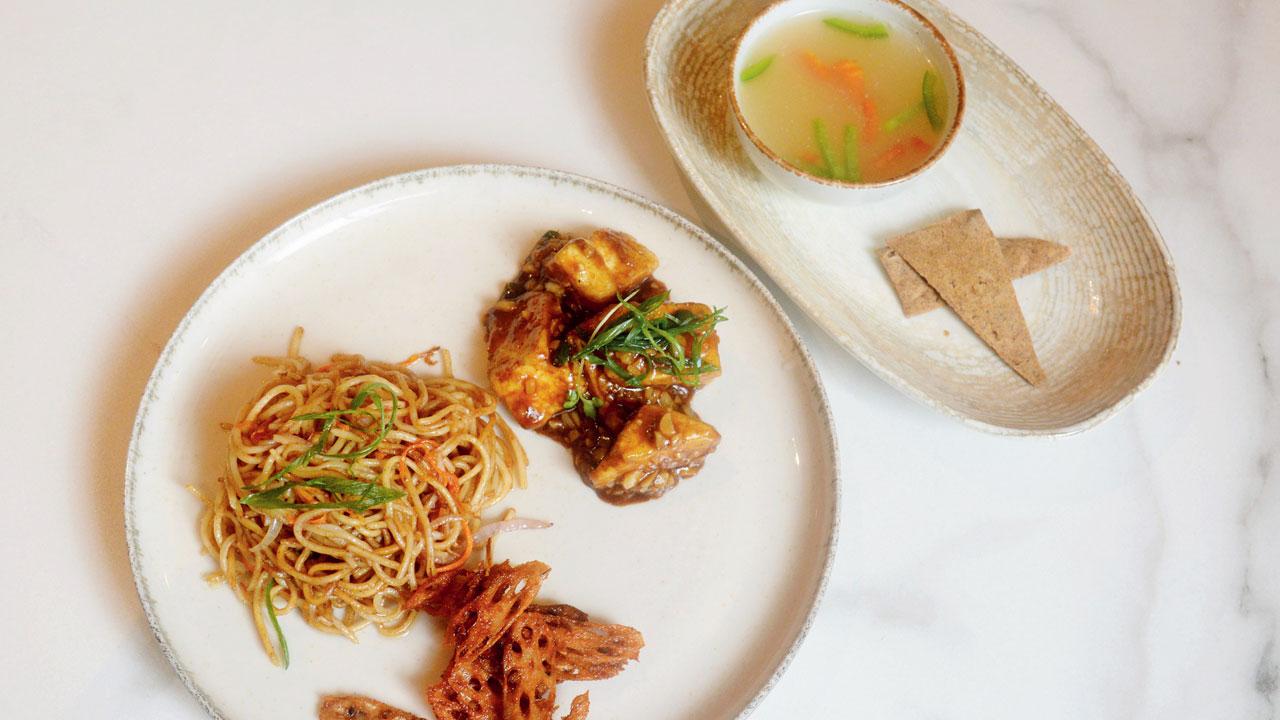
A pioneering concept for the industry, for every home meal sold, a fixed percentage of royalty is shared with the respective home chefs whose recipe it is. “We have entered into a legal agreement with them, and they will be paid for as long as their recipe features on our menu. For example, if 10 meals by a particular home chef are sold monthly, we will calculate the revenue generated and share the agreed percentage of that sale in the form of royalty every month. Our menu also has the names of every home chef from whom we have taken recipes,” explains Mithilesh.
Dipti adds, “It’s a first in the industry in India. Every home chef we have worked with has not only given us their family secrets but also inspired us to create what we had set out to—and make it better. It’s a tiny way of thanking them, and we did not want to restrict this to a mere photo ops opportunities for Mool. In the future, more home chefs will be brought on board.”
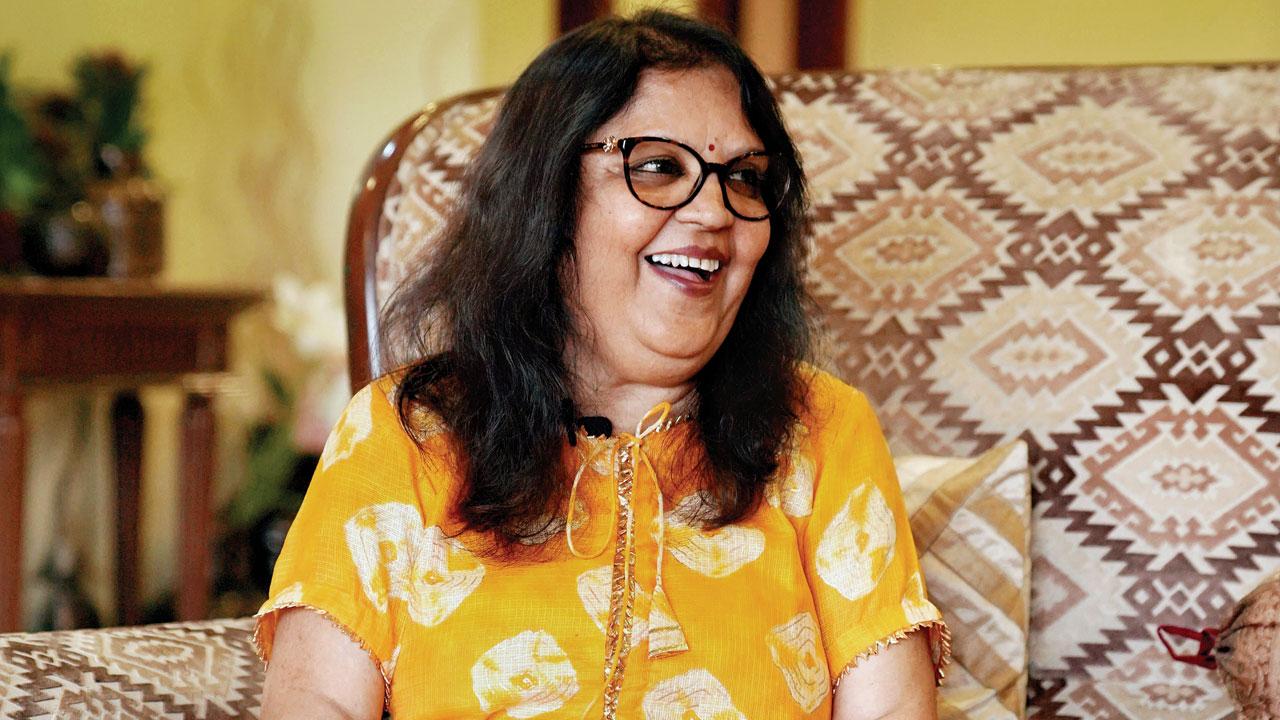
Marwari meals, inspired by the flavours in Asha Kedia’s home in Ked, Rajasthan
For Chef Suresh Singh Fartyal, travelling to the interiors of India has been an enriching experience. “Despite being in the industry for 20 years, I got to learn so much. For instance, I knew most homes in the north and east use mustard oil, but I got to experience how the flavour profile of a dish changes with this one small change. Or that in Ked, Asha Kedia told us, they swear loyalty to certain types or brands of hing and saunf for making a tremendous Marwadi meal. In Tangra, Yin Shung Jonathan shared his secret to cooking isn’t ingredients but how hot the wok is. These little tips go a long way into ensuring the dish is perfect,” he adds.
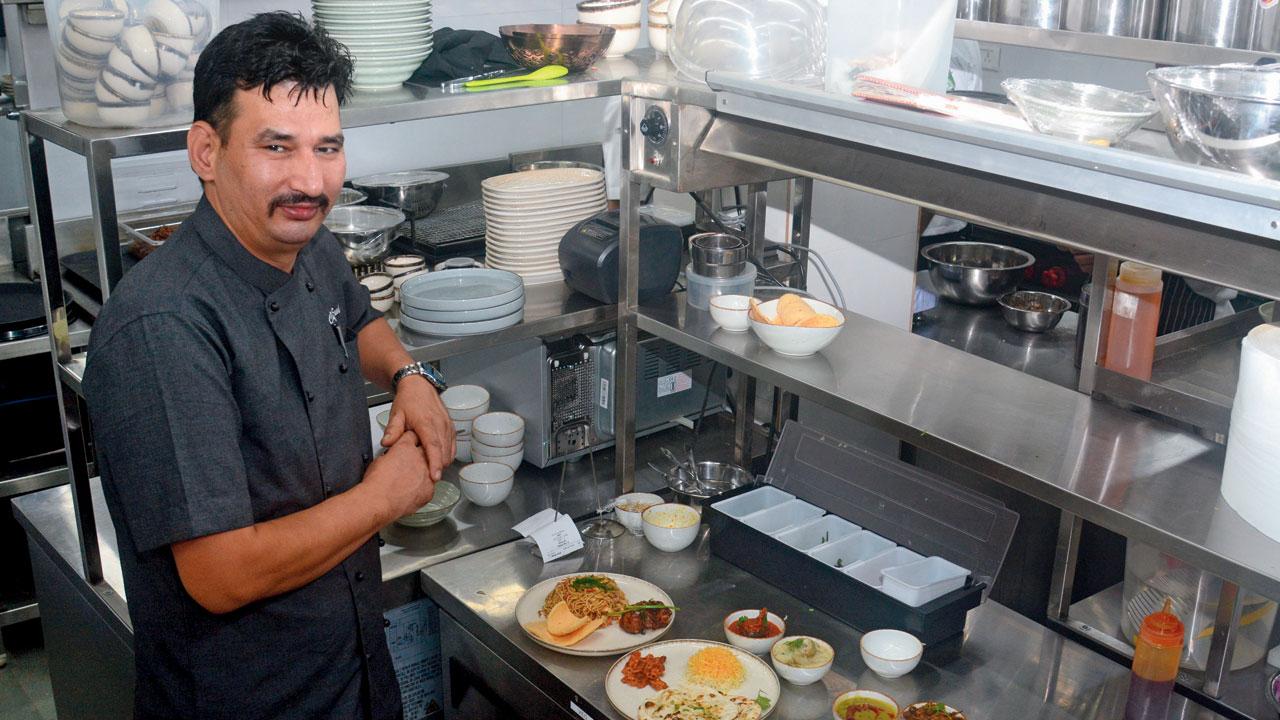
Suresh Singh Fartyal
Business Consultant Sarvesh Moudgill who travelled with Singh to meet the home chefs shares that they also scouted for vendors in those regions to source ingredients from. For instance, the turnip comes from Himachal Pradesh or the wild onion from Uttarakhand. “Once we were ready for trials in Mumbai, we ordered those ingredients. Almost 80 per cent of them—including jaggery, chillies, asafoetida—come from the source,” he adds.

Kashmiri meal inspired by the flavours of Feroza Begum’s Srinagar home. Pic/Satej Shinde
The team identified local botanical for cocktails too: Rhododendron from Uttarakhand, mahua from Bihar, saffron from Kashmir etc. The cocktails bear names from the cities or regions that inspired them. Speaking of the research travels, Moudgill shares, “Our camera crew, chef and I, fuelled by wanderlust and an insatiable appetite, weaved a path across the vibrant tapestry of the country, not chasing recipes, but following hearts. Like in Kashmir, with a backdrop of snow-capped peaks kissing the emerald valleys, we learned how to make cheukh vangun, an aubergine dish simmered in a slightly sour curry. A Kashmiri grandmother sharedmountain folklore as her nimble fingers sliced the vegetable with practised ease, making the experience more memorable.
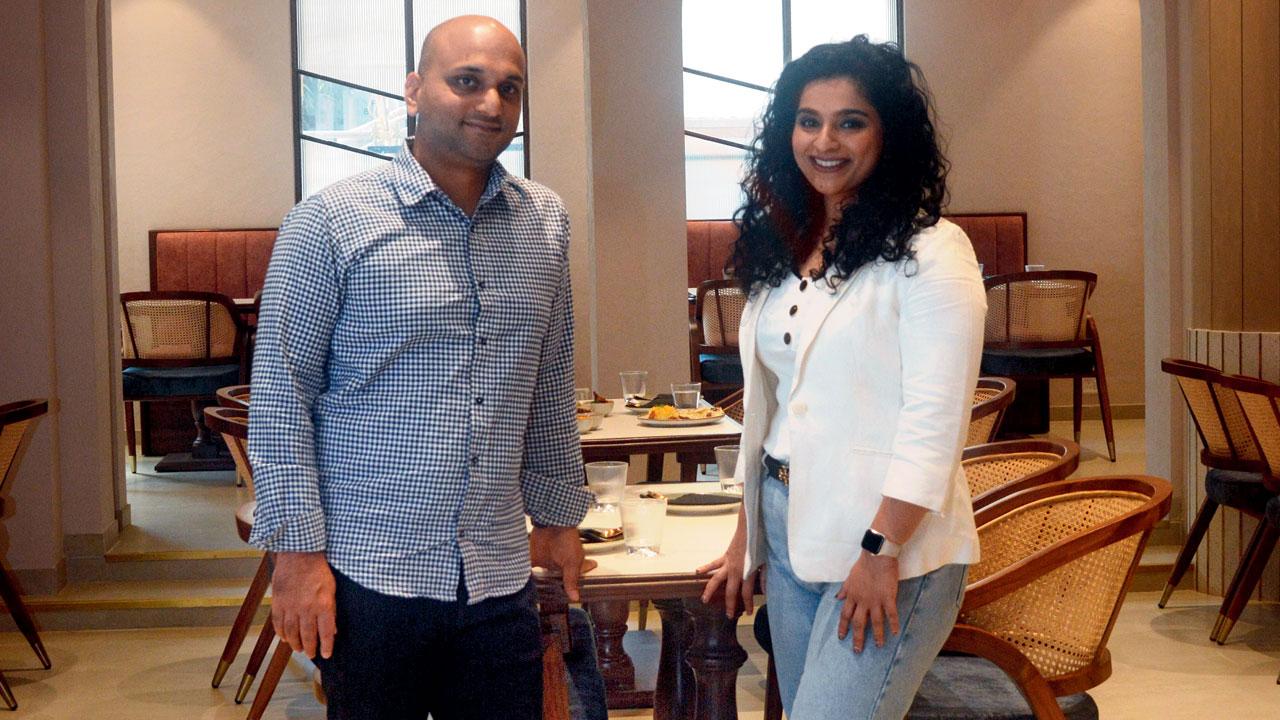
Dipti and Mithilesh Shetty
In Rajasthan, we learned how to use limited produce to make raab, a wholesome soup with bajra. In Kerala, we mastered cooking the perfect beetroot pacchadi. From the communities in Jharkhand, Bengal, Tangra, and Assam, we learned what our forefathers meant when they described our motherland. Cuisines and cultures change every 100 kilometres. From Tangra style chilli chicken to bhuna meat in Jharkhand, to the humble khar made from raw papaya in Assam to the delicate nolen gurer payesh in Bengal—these intimate encounters, captured in short videos, taught us that there was so much to learn about how a dish not just about spices and techniques, but also of the people who make it.”

Food from Tangra-Yin Shung Jonathan’s home in Assam
Moudgill concludes saying, “Our Indian odyssey wasn’t born of Michelin stars or gourmet guides, but in the fragrant smoke billowing from village chimneys and the warmth of chai shared in sun-drenched temple courtyards. That’s what Mool’s food is about.”
 Subscribe today by clicking the link and stay updated with the latest news!" Click here!
Subscribe today by clicking the link and stay updated with the latest news!" Click here!







